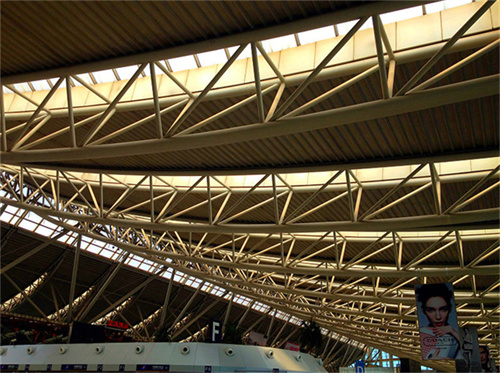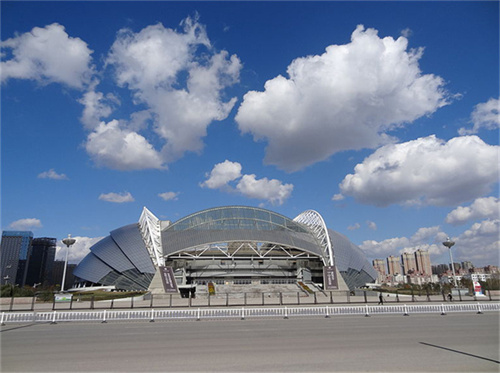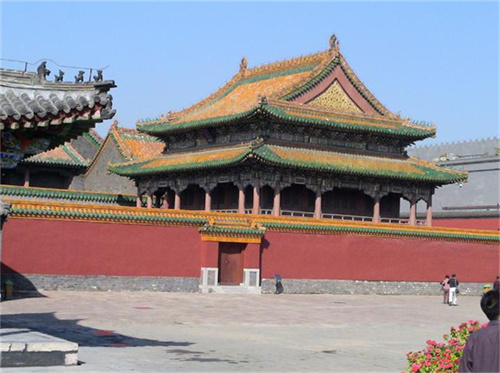Territory
China is located at the east coast of the largest continent (Eurasia) as well as the western margin of the largest ocean (Pacific). It has a land area of about 9.6 million square km, occupying 6.5 percent of the total land area of the world. From the confluence of the Heilong River and its tributary, the Wusuli River, westward to the Pamir Plateau, the distance is more than 5200 km. From midstream of the Heilong River north of Mohe, southward to Zengmu Shoal of the Nansha Islands near the equator, the distance is more than 5500 km. Its population of more than 1.3 billion accounts for approximately one-fifth of the world population...
MOREStudy in Shenyang
The largest metropolis in northeastern of China, one of the fastest-growing cities.
City Type: Peaceful Towns
Climate: Freezing Cold
Air Quality: Good Air Quality
Average: 2000 -- 2450 RMB
University Amount: 16
Shenyang City Bus
There are more than 3,000 city buses running on over 140 lines in Shenyang. They can reach almost every place in Shenhe District, Huanggu District, Tiexi District, Heping District and Dadong District. The ticket fare is CNY1 for big city buses without conductors; the ticket fare for mini-buses with conductors depends on the number of stops you have to take.
Shenyang Taxi
Shenyang is favored with a very good public transportation system. According to the statistics, there are 193 taxi companies in the city at present, with a total of 170,000 in operation. Except those air-conditioned taxies (CNY8 for the first three kilometers (about 1.9 miles)), the usual price for a taxi is CNY7 for the first three kilometers. An additional charge of CNY1 for every 600 meters (about 656.2 yards) is charged for both air conditioned and non-air conditioned taxies.
Shenyang International Airport
Shenyang Taoxian International Airport (SHE) is a large transportation hub in northeast China. Speedway connects downtown and the airport, which makes the transportation rather convenient. Airlines here can reach multi-domestic and international cities, such as Beijing, Shanghai, Xian, Guilin, Harbin, Guangzhou, Shenzhen as well as South Korea and Japan.



Shenyang Weather
Shenyang belongs to the temperate zone and is greatly influenced by monsoons all the year round. The lowest temperature is -28.5°C and the highest is 36.1°C. July is the hottest month of the year with an average temperature of 24.7°C. It is much cooler than almost all the cities in southern China.
January is the month with the lowest temperature of the year and has an average temperature of about -11°C. The seasons of spring and summer are decorated with green plants; autumn is short but is so sunny nearly everyday; winter is like a pretty girl with long and beautiful white skirt. Late summer, middle autumn and late winter are all good times to travel in Shenyang. Winter is an especially good time to visit because the Ice & Snow Festival is held then and is very entertaining and enjoyable.

Shenyang Attractions
Being one of China's premier tourist cities, Shenyang is well known as a historical city with important links to Chinese culture. Natural and historical attractions combine to provide an enjoyable travel experience.
Shenyang Imperial Palace
This palace is the second only to the Forbidden City in the extent of its preservation in Beijing.



















